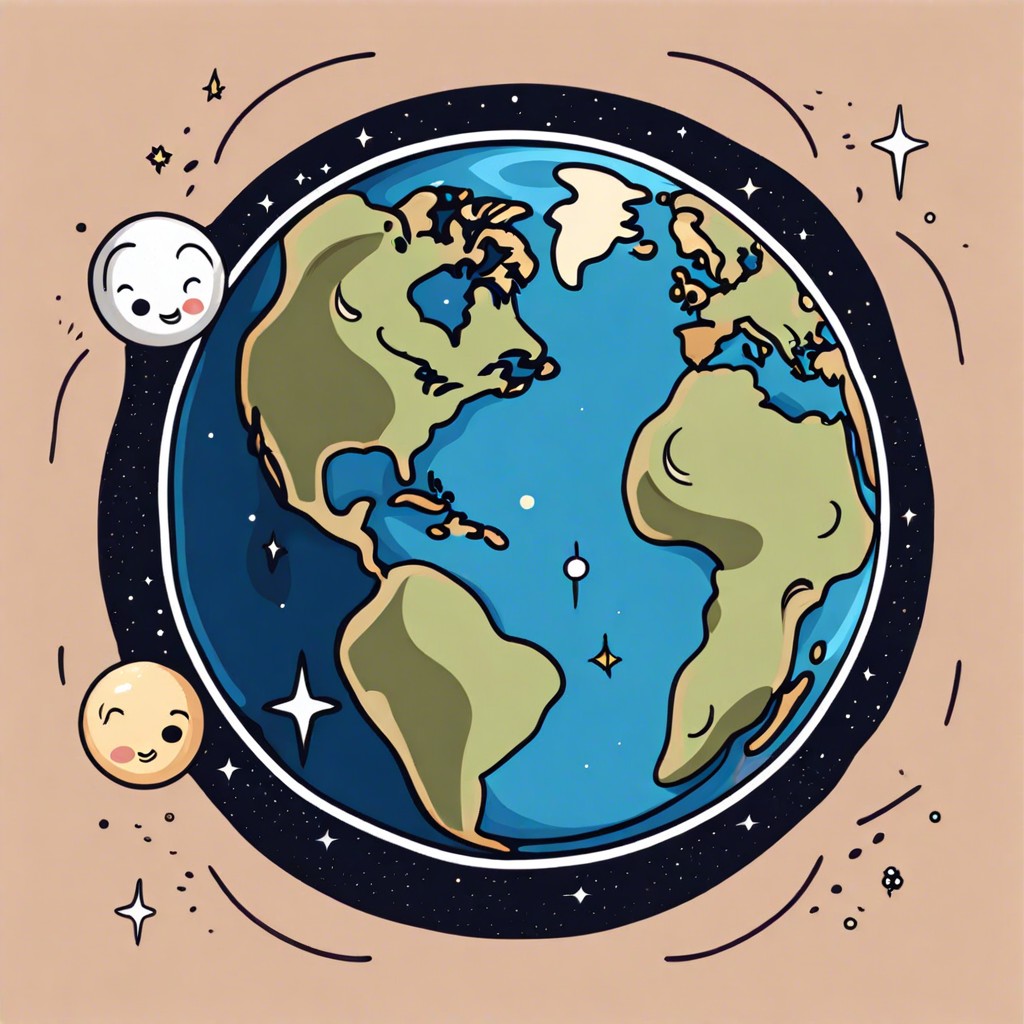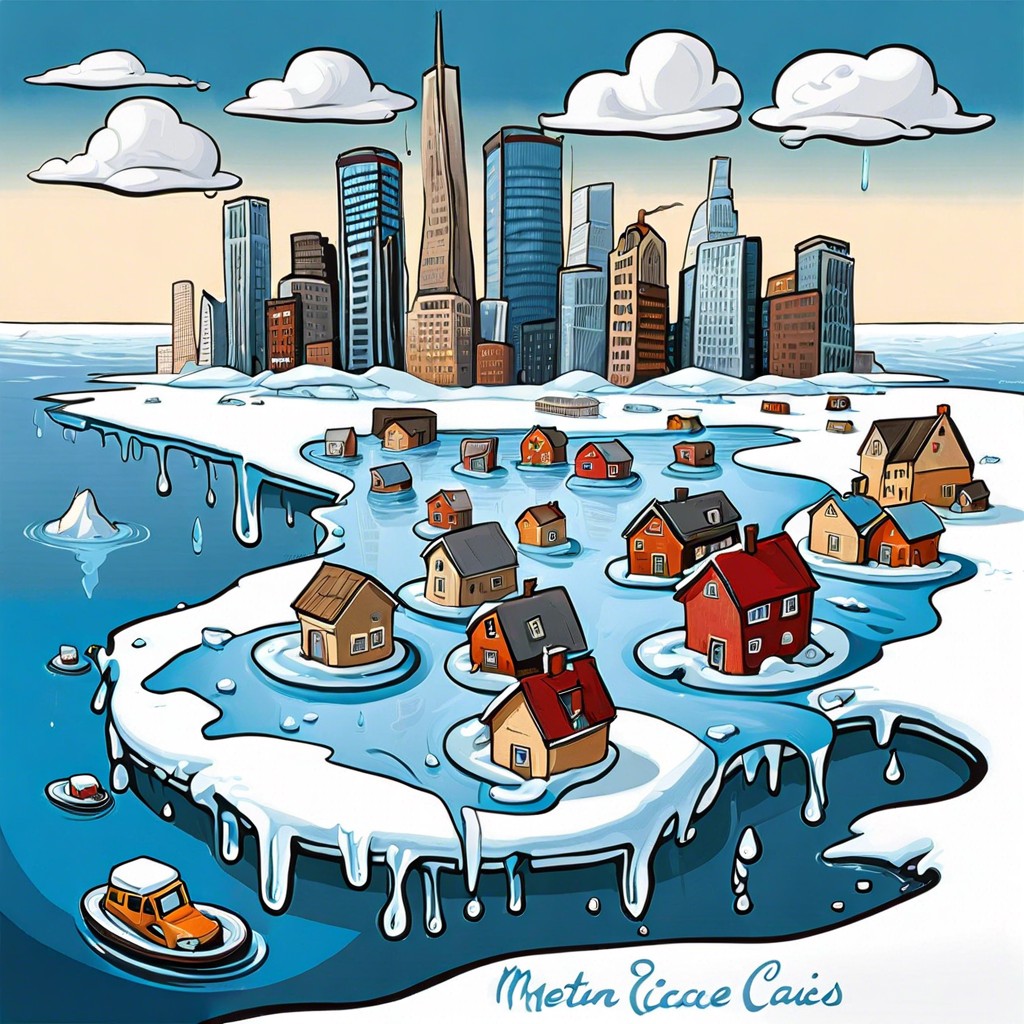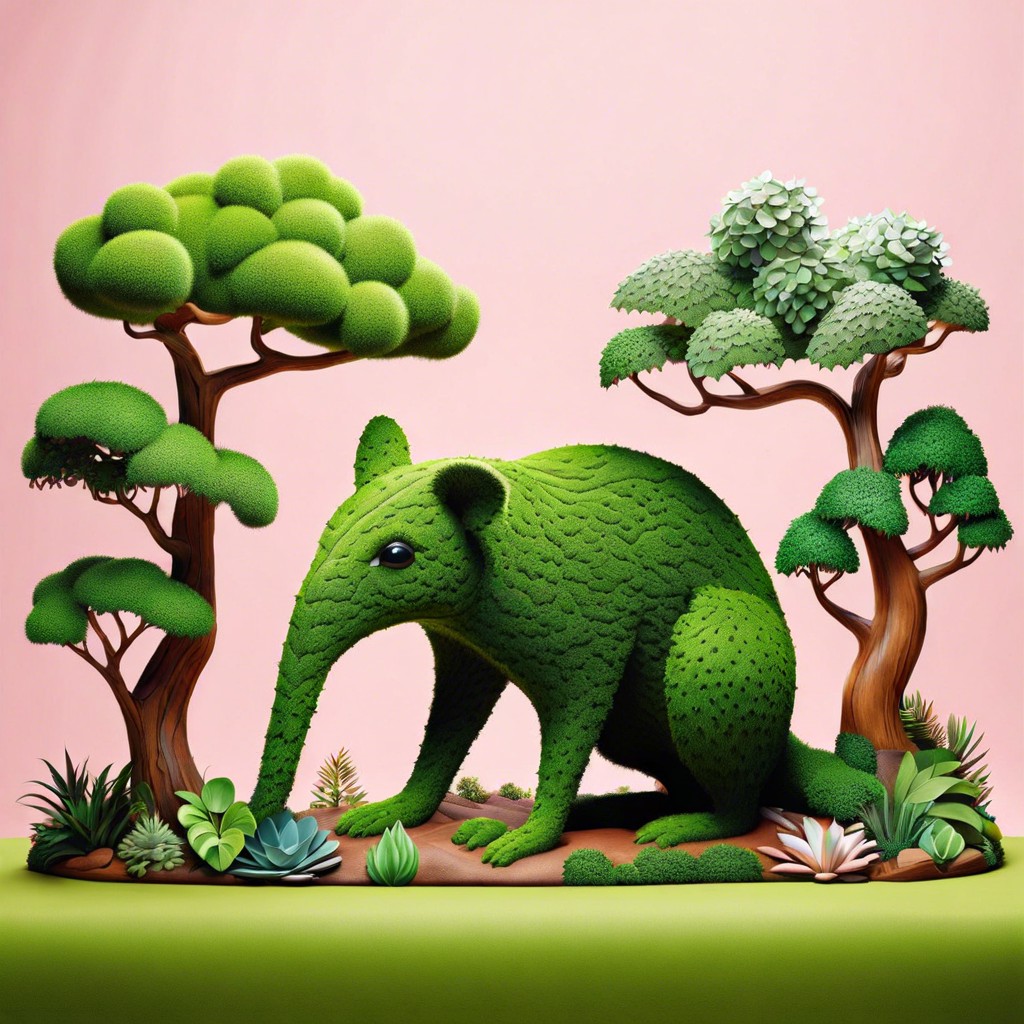Discover how having two moons could dramatically change Earth’s tides, night skies, and even your daily schedule.
Ever wondered what life would be like with not one, but two dazzling moons lighting up our nights? Picture gravity going on a rollercoaster ride, ocean tides performing acrobatic stunts, nocturnal creatures holding mysterious meetings, and our ancestors pondering the meaning of double lunar glows. From gravitational mayhem to cultural revolutions, dive into this lunar wonderland as we unravel the captivating chaos of Earth with a pair of celestial sidekicks.
Key takeaways:
- Gravitational Effects: Earth’s wobbly rotation and intense tectonic activity.
- Tides and Ocean Patterns: Chaotic tides, floods, and coastal city concerns.
- Night Sky Experience: Confusing constellations, epic sunsets, and calendar chaos.
- Impact On Wildlife: Nocturnal confusion, disrupted breeding cycles, and miscommunicating fireflies.
- Human Cultural and Historical Implications: Sparkling mythologies, sophisticated timekeeping, and artistic inspiration.
Gravitational Effects

Having two moons would create a celestial tug-of-war, pulling Earth in different directions. Imagine cosmic sumo wrestlers battling it out in space.
First off, the gravitational pull from an additional moon would noticeably alter our planet’s rotation. Earth might start wobbling like a student who’s had one too many energy drinks.
Tides would no longer follow their usual schedule. Picture a daily oceanic rollercoaster as water levels rise and fall unpredictably.
Seasonal shifts would also get whimsical. Our planet’s axis could tilt more dramatically, altering weather patterns and possibly giving winter a summer makeover.
Lastly, the gravitational forces of two moons could trigger more frequent and intense tectonic activity. Volcanoes like front-row fireworks on New Year’s Eve, anyone?
Tides and Ocean Patterns
Imagine the circus that would be our ocean tides with two moons pulling the strings. It wouldn’t be just high tide and low tide; think high-high tide and low-low tide. It sounds like nature’s ultimate water slide, doesn’t it?
First, these twin moons would create complex gravitational forces. Each moon has its own gravity, each affecting the oceans uniquely. You’d witness strange patterns — chaotic overlapping tides.
Next, the timing. Right now, tides follow a simple rhythm tied to a single moon. With two, there’d be more variability. The ocean waves might turn into dancers at a chaotic rave.
And let’s not forget about coastal cities. Increased tidal ranges could mean more flooding. Beachfront property might become beachfront briefly-a-day property.
In a nutshell, it’s like adding a second conductor to an orchestra: intriguing but definitely more complicated.
Night Sky Experience
Now imagine a night where you look up and see two glowing orbs. First, there’s the question of moonlight. Double the moons, double the light! Not exactly. Each moon would contribute its own glow, creating a constant tug-of-war of shadows and brightness.
Navigating the night sky would become an entirely new game. Star constellations? Good luck pinpointing them between two competing moons. Astronomers might just toss their telescopes out the window in exasperation.
Then there’s the romance. Two moons setting over the horizon could make for some epic, Instagram-worthy sunsets. However, it could also mean a constant “Who’s prettier?” battle. Sibling rivalry in space!
In the world of calendars and timekeeping, chaos might reign. Imagine planning outdoor events around two lunar cycles instead of one. You’d have double the lunar eclipses, double the fun, or maybe just double the confusion.
Impact On Wildlife
Imagine nocturnal creatures losing track of their lunar schedules! With two moons, many animals relying on the moon for navigation or hunting would get seriously confused. Owls might start hooting at the wrong times. Sea turtles could hatch during awkward daylight hours, increasing their vulnerability.
Migratory animals, like birds, use the moon to guide them. Two moons would likely mess up their internal GPS. Fish and amphibians that depend on lunar cycles for breeding might end up breeding less efficiently, disrupting entire ecosystems.
Even fireflies could flash at odd intervals, leading to their own version of romantic miscommunications.
Human Cultural and Historical Implications
Imagine ancient humans gazing up to not one, but two celestial companions. Our mythologies would sparkle with twice the lunar legends. Storytellers would have double the material to weave into lore. Lunar festivals? They’d be a whole new ballgame—Moonstock, anyone?
Calendars and timekeeping would be moonlit mysteries. Two moons mean more sophisticated scheduling systems. Lunar eclipses? More frequent and more complicated. Ancient astronomers would have their minds blown.
Artistic inspiration would skyrocket. Van Gogh’s “Starry Night” might feature dueling moons. Pop songs wouldn’t stop at the romantic notion of “Two moons under one sky”.
In short, double the moons, double the fun—and double the human ingenuity in trying to explain it all.




